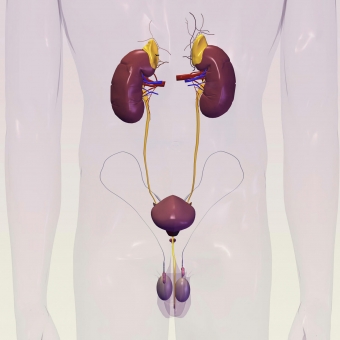
All Sexual Health Topics
Upcoming Events
- Sexual Health Topics: Men’s Sexual Health, Women’s Sexual Health
The word “anhedonia” refers to the inability to experience pleasure from an activity that is normally considered pleasurable. People with orgasmic anhedonia (also called pleasure dissociative orgasmic dysfunction or PDOD) are unable to feel pleasure when they climax.
- Sexual Health Topics: Women’s Sexual Health
Vaginal electrical stimulation (VES) is a treatment technique sometimes used in women’s pelvic floor physical therapy.
- Sexual Health Topics: Women’s Sexual Health, Cancer & Sexual Health (Oncosexology)
Yes. However, the extent of the effects can depend on whether one or both ovaries are removed.
- Sexual Health Topics: Women’s Sexual Health
Yes, some do.
- Sexual Health Topics: Men’s Sexual Health
A constriction ring (sometimes called a “cock ring”) is an elastic ring designed to help a man maintain an erection.
To understand how constriction rings work, it may help to review the mechanics of an erection. When a man becomes sexually stimulated, his penis fills with blood. It is this blood that makes his penis firm enough for sex.
- Sexual Health Topics: Women’s Sexual Health
When a woman goes through menopause, her estrogen levels decrease along with the levels of other sex-steroid hormones. These decreases can lead to changes in certain areas of her body, like the vagina, vulva, and bladder.
- Sexual Health Topics: Men’s Sexual Health
When a man has Peyronie’s disease, areas of hardened scar tissue called plaques form on his penis. These plaques make the penis less flexible and cause it to bend. If the curve is especially severe, the man may not be able to have intercourse at all.
- Sexual Health Topics: Women’s Sexual Health
The uterus is a small fist-sized organ located above a woman’s vagina. Its primary role is to nourish a developing fetus during pregnancy.
- Sexual Health Topics: Men’s Sexual Health, Sexual Health Management & Treatments
A penile prosthesis is a surgically implanted device that allows a man with erectile dysfunction to have erections again. Generally, the procedure is considered if a man is unsuccessful with other treatments, such as oral medications.
- Sexual Health Topics: Men’s Sexual Health
Hematospermia (sometimes spelled haematospermia) refers to blood in the semen. Men may notice that their semen is bloodstained, pink, or reddish-brown. But sometimes the blood is microscopic and cannot be seen at all.



